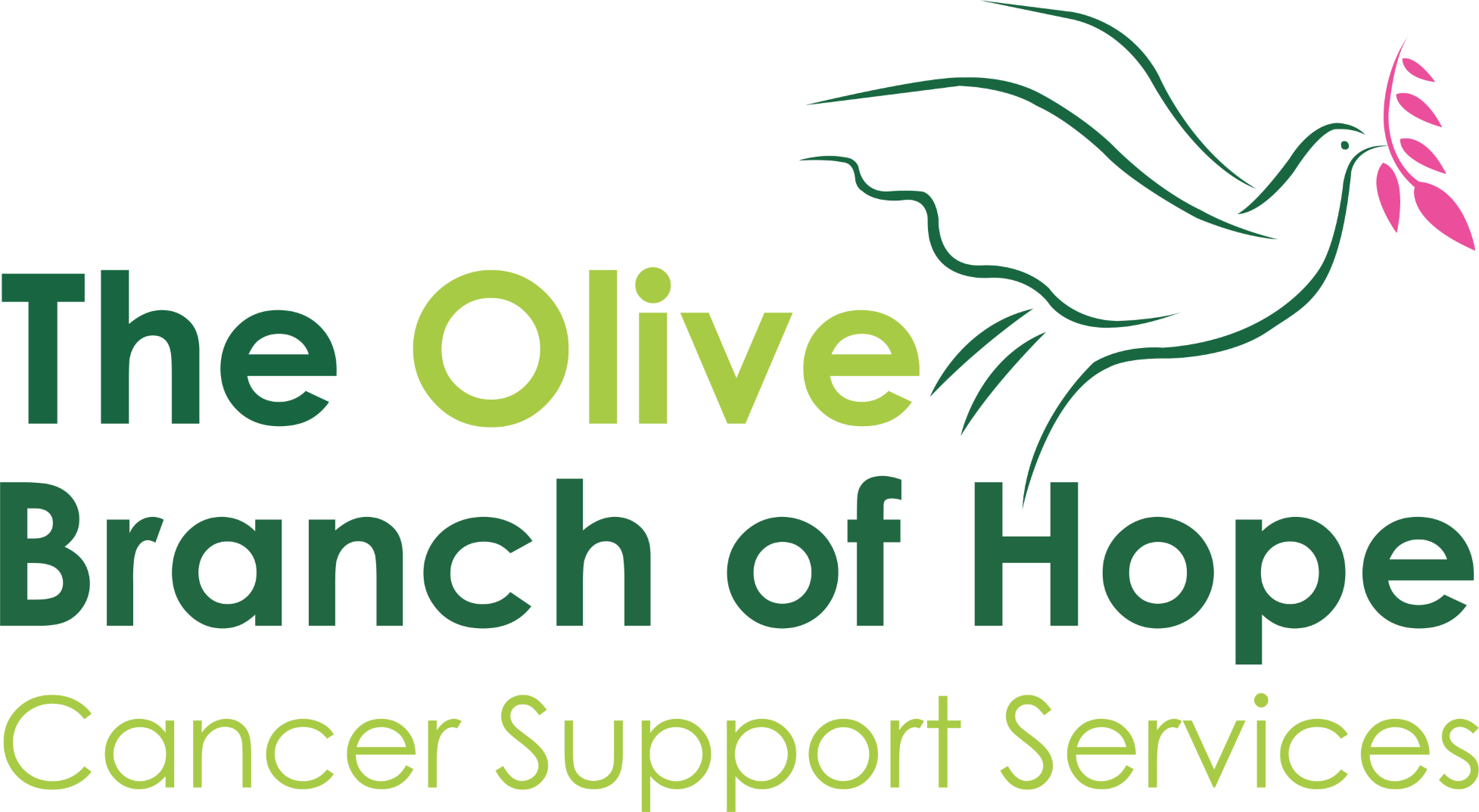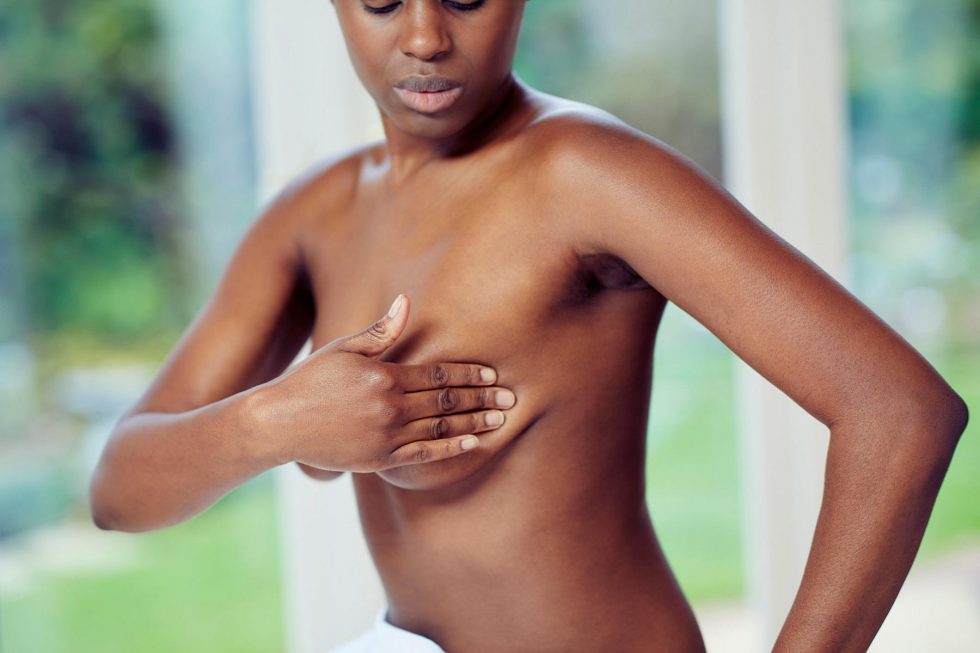Currently, breast cancer is recognized as the most common cancer type among the female population of the globe. Annually, more than 2 million women are diagnosed with breast cancer and about 630, 000 die from the health complications resulting from this disease.
Breast Cancer in African-Caribbean Regions
Breast cancer is the most common type of cancer among African-Caribbean women and there is a high death rate for breast cancer deaths in these regions. The number of breast cancer deaths has increased by over 35% over the last two decades. Whereas, this number is decreasing in the majority of high-income countries.
The underlying factor of an increasing number of deaths among African-Caribbean women diagnosed with breast cancer is the late detection and diagnosis of the disease. Up to 84.3% of women are diagnosed at the latest stages of breast cancer (III-IV) when the prevention of deadly consequences becomes extremely hard or even impossible.
That is why it is essential to follow the recommendations for the early detection of breast cancer to be able to prevent unpleasant health outcomes.
Early Detection of Breast Cancer
Breast cancer early detection is possible with the help of:
- Mammography (for women aged 50-69 years old)
- Clinical breast exam
Even though mammography screenings may result in over 20% reduction of breast cancer deaths, it is often too costly for low-income countries to organize a nation-wide screening. That is why it is not recognized as a feasible preventive method in certain countries yet.
A clinical breast exam is a better preventive alternative for countries with limited resources. However, this procedure also requires some additional costs so it may not be affordable for some individuals.
The last early detection alternative is breast self-examination, which is used to find breast abnormalities.
What is Breast Self-Examination?
Breast self-examination is a group of activities that are performed in order to find some unusual changes in the size, shape or feeling of the breast. It is done by visual and touch examination performed in different positions (standing, lying down, raising hands).
Why Breast Self-Examination Are Important?
Breast self-exam is known to be an effective tool for preventing the development of breast cancer and deaths caused by it. Regular breast self-examination may lead to early detection of breast cancer which increases the chances of better treatment results.
How Effective Are Breast self-examination?
According to some reports up to 40% or more breast cancer cases are identified by breast self-examination. This means that the regular and accurate performance of the breast self-examination could lead to the early detection of breast pre-cancer and cancer.
The benefits and accuracy of breast self-examination dramatically increase when combining with other breast cancer detection procedures such as clinical examination, mammography, and ultrasound.
Who Needs To Conduct Breast Self-Examinations?
It’s been suggested that every woman aged 20 and up perform breast self-examinations. Mammography screening is typically recommended for women aged 50 and older.
How Often Should Breast Self-Examinations Be Done?
It is recommended to undergo a breast self-examination every month. Although breast self-examinations don’t cost anything and are fairly simple to conduct, not enough women are doing them often enough.
How To Do A Breast Self-Examination?
To benefit from all of the advantages of a self-exam, it is important to know how to perform this procedure correctly.
- First, women should do a visual breast examination in front of the mirror by:
- Checking if the breasts are symmetric in size
- Checking for the breast lump
- Checking if there are no changes around the nipple (peeling, scaling and flaking)
- Checking for the skin changes (like dimpling)
- Checking whether there is a discharge from the nipple (white, yellowish, red)
- Raising up the arms and visually comparing breasts
- Lifting up the breasts and check for symmetry
- After finishing the careful visual examination, the procedure should be continued with your hands.
- It is recommended to do regular breast self-examinations in the shower with circular motions with your finger tips.
- Then to do the same examination when lying on your back. It is important to do examinations slowly and carefully. The whole breast area should be examined to make sure that the abnormality could not be missed.
While examining the breast, women should try to reach all of the layers of the breast. For that reason, it is important to both press gently with your fingers when feeling the top outer layer of your breast and to press harder to feel the deep layers of your breast.
How you perform the self-exam and when during the month it is performed is important. Women experience continuous hormonal changes during the month. It is a known fact that breast tissue is very sensitive to those hormonal changes. This sensitivity results in some temporary breast changes that need to be distinguished from abnormal changes. With this in mind it’s recommended to do self-examination during the same time of the month
There are different suggestions for menstruating and non-menstruating women:
| When to perform breast self-exam | |
| Menstruating woman | 7 days after the end of the period (when the tenderness of the breast is low) |
| Non-menstruating woman | It is important to select a day of self-examination (for example the 10th day of the month) and constantly undergo monthly examinations on that selected day |
What to do If You Find Changes To Your Breast
If the earlier mentioned signs have been found during a self-examination, it is strongly recommended to schedule an appointment with your doctor. Try to avoid getting anxious or stressed. The lumps or other changes found during a breast self-examination does not necessarily mean you absolutely have cancer. The doctor will perform a clinical examination and if necessary will prescribe other tests and procedures.


